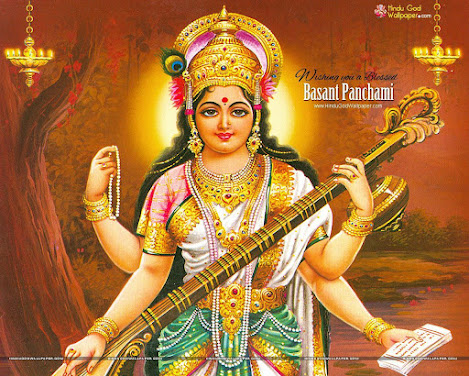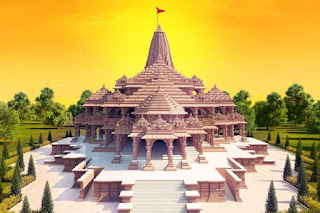Vasant Panchami - '24

Vasant Panchami, also rendered Vasanta Panchami and Saraswati Puja in honour of the Hindu goddess Saraswati, is a jubilee that marks the medication for the appearance of spring. The jubilee is celebrated in Indian persuasions in different ways depending on the region. Vasant Panchami also marks the launch of medication for Holika and Holi, which take place forty days latterly. The Vasant Utsava (jubilee) on Panchami is famed forty days before spring, because any season's transition period is 40 days, and after that, the season comes into full bloom. Vasant Panchami is famed every time on the fifth day of the bright half of the Hindu lunisolar timetable month of Magha, which generally falls in late January or February. Spring is known as the" King of all Seasons", so the jubilee commences forty days in advance. It's generally downtime- suchlike in northern India, and further spring- suchlike in central and western corridor of India on Vasant Panchami, which gives cre...

